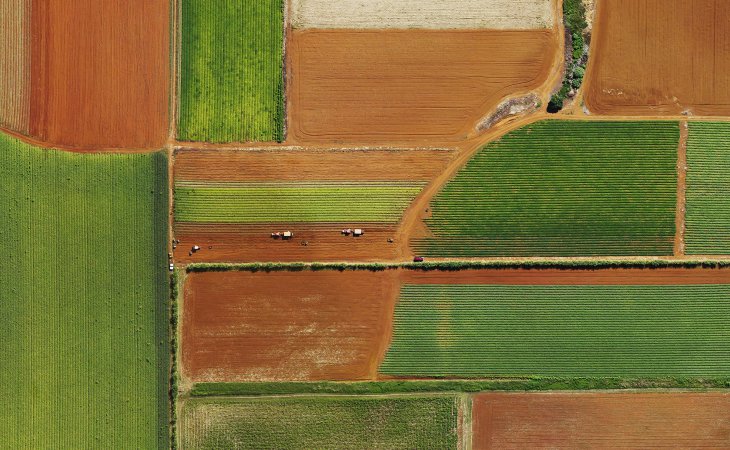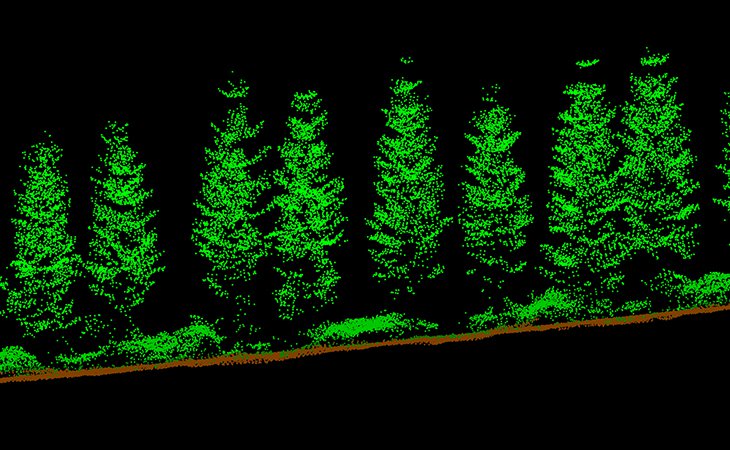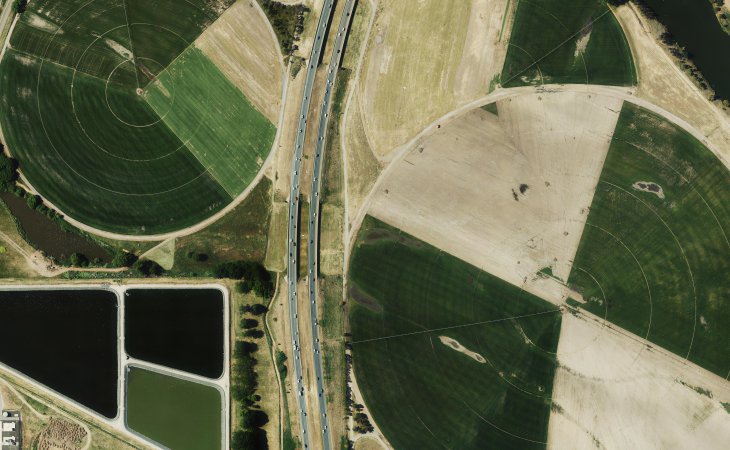Aerial surveys have become an integral part of forestland management and precision agriculture, in large part replacing extensive field surveys. With advances across aerial mapping capabilities, acquiring fast, accurate imagery and Digital Terrain Models (DTMs) has become highly useful and cost-effective.
With the acquisition of 4-band imagery over large areas, NDVI and other additional geospatial information can be derived to improve decision making in the agribusiness field.


Aerial imagery of forestland can help build an FSD (forest stand delineation) and analyse vegetation inventory. It is also useful for change analysis, depletion mapping or damage assessment post disasters such as bushfires.
Aerial surveys and 4-band orthoimagery have become a vital asset to precision agriculture with applications such as:
- Managing georeferenced soil sampling
- Managing zone-based irrigation
- Evaluating fertilizer effectiveness
- Scheduling of pesticide application
4-band aerial imagery also enables those involved in production agriculture to identify problem areas within a field long before they are visible with the naked eye, allowing for proactive action to manage crop health. This imagery minimizes unnecessary field work and maximizes efficiency.


LiDAR surveys allow large scale mapping to be done with a level of cost-effectiveness not previously available. It possesses the capability to map ground features under dense vegetation and with multiple surveys over time, LiDAR data can be used to monitor the growth and vitality of a forest or commercial plantation.
LiDAR is unique in its ability to measure the vertical structure of forest canopies. It can predict canopy bulk density and canopy base height, while also mapping the ground beneath the forest. These datasets are useful, amongst other things, for measuring canopy fuel capacity and generation of fire behaviour models. Another use of LiDAR is the measurement of peak height to estimate the root expanse. This is a valuable tool for insurers when considering risk associated with houses in a particular area.
Within forested areas, LAS point clouds can be used to classify features such as water, vegetation (high, medium and low), roads, bridges, buildings etc. These point clouds can also be merged with an image to produce a file where each point is coloured according to the feature it represents.
LiDAR can be used to monitor the growth rates for orchards and crops, a valuable tool for farmers. We can facilitate combined surveys where a large number of farms are captured and processed in a single survey, with data cut up and allocated to individual farm owners, to make the project cost-effective.


Track changes and manage the health of crops and foliage effectively with up-to-date geospatial data.
Unlimited access to aerial imagery that is updated up to 4 times every year and data archives that allow you to virtually travel back in time to see how things have changed.